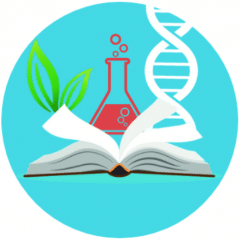| Scientific Method All Materials © CmassengaleHow can we determine if something is a fact or an opinion? How can we determine an answer to a problem? The answer is use the scientific method.What is the Scientific Method? It is a series of steps used to help solve a problem.
Example:
|
||||||||||
| BACK |


